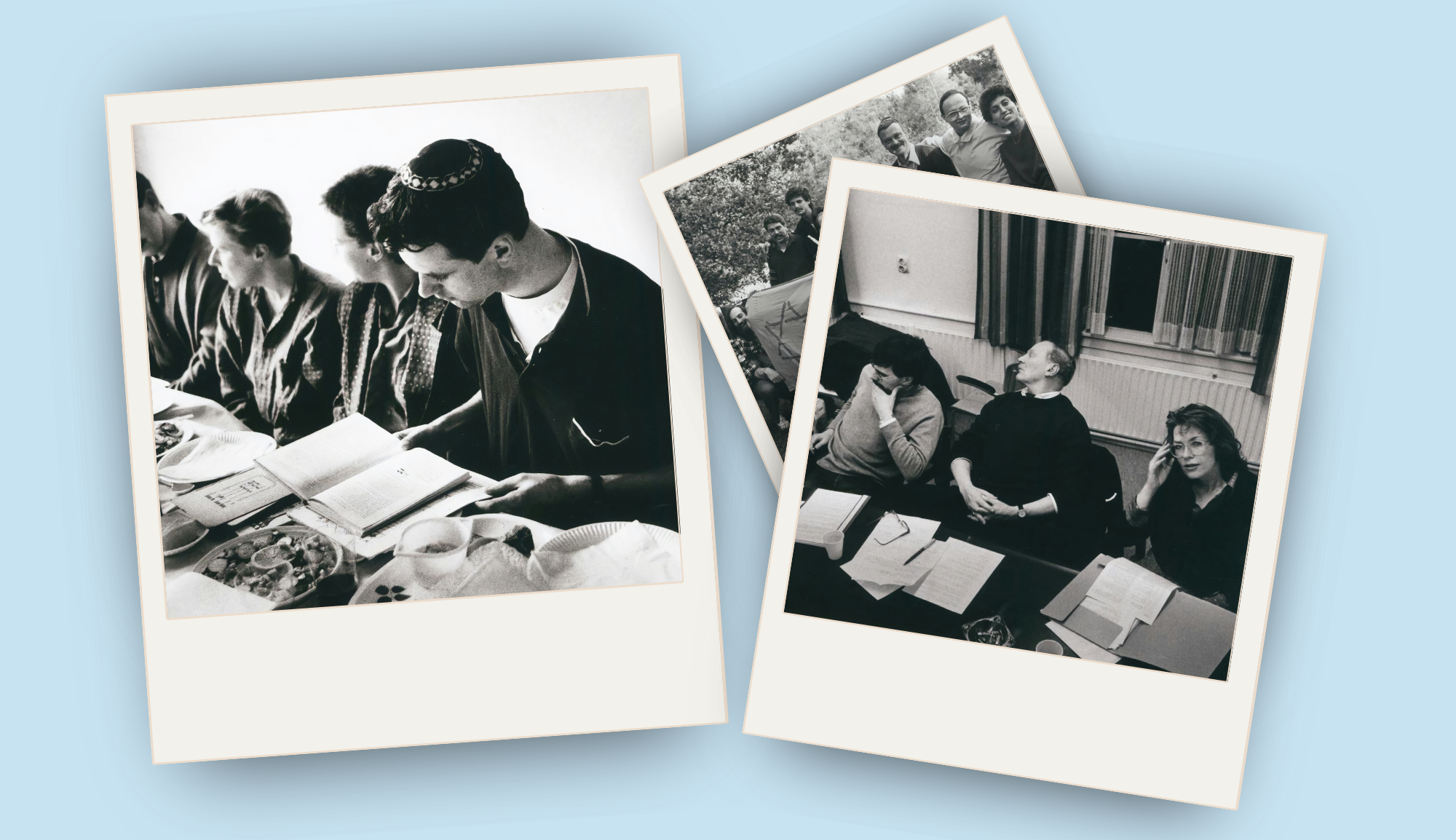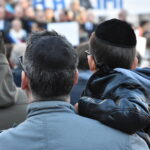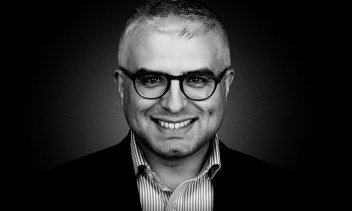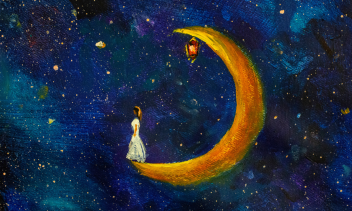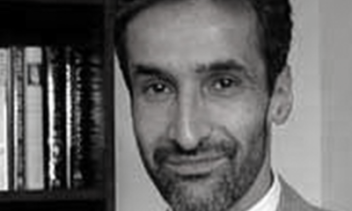In 1992, the Orthodox world faced division and distinction in matters familiar to our current climate: halakhic realities, social issues, outreach, women’s Talmud Torah, and barometers of frumkeit. Tradition invited 25 men and women “doing significant work for the Jewish community” to platform diverse voices and to “bridge the gaps among well-intentioned groups.” Below are the four prompting questions and the first response by David Berger:
- What are the major halakhic issues the Orthodox community should confront? How can we bring the Jewish community together at a time when minor variations in dress and custom divide and define us?
- What can we do to involve the majority of the community that is either minimally or not at all concerned with its Jewishness? What attitude should we take toward Jews with a different background from our own, particularly toward the ba’ale teshuva?
- In what ways is contemporary Jewish education of women adequate or inadequate? Are attitudes toward women in the Orthodox community today in consonance with Torah values?
- How do we balance the concern for the community at large with our individual level of observance? How do we avoid the two extremes: neither the sanctimonious “checking up” on others, nor the lowering of one’s standards?
David Berger:
The central issue raised in this symposium is the capacity of Orthodoxy to deal with the threat to Jewish unity posed by internal Orthodox diversity as well as by the divisions in the Jewish community at large. Even before the massive migration of Soviet Jews, this was a historic challenge, reflected in controversies about conversion, intermarriage, mamzerut, patrilineal descent, haredi-dati-secular divisions as well as intra-haredi hostility in Israel, interdenominational cooperation in the United States,
“centrist” Orthodoxy and its relationship with the Orthodox Right, traditionalist defections from Conservative Judaism, the role of women, and the growing cultural gap between American and Israeli Jews. While some of these issues have analogues in earlier Jewish history, many do not, and the Soviet migration may well force a confrontation with key halakhic questions already on the agenda which cannot be restricted to the Orthodox community or to the United States: What are the minimally acceptable standards for conversion to Judaism, how do we deal with uncertainty about Jewish descent, and what is the proper Orthodox stance in a Jewish community that is increasingly non-Jewish?
Independently of the influx of Soviet Jews, the Reform acceptance of patrilineal descent and the non-Orthodox conversion of intermarried Gentiles has impelled at least some segments of American Orthodoxy to confront these questions. Efforts to establish criteria for conversion that would satisfy Orthodox standards even where the convert clearly intends to be a Reform Jew have not met with an enthusiastic reception, and despite the great communal benefits that such criteria would confer, the religious price appears too high to pay. Notwithstanding the existence of some lenient precedents with respect to kabbalat mitzvot, the metaphysical transformation involved in creating a new person with all the obligations of a Jew appears incomprehensible in the absence of a genuine intention to observe the Torah as Orthodoxy understands it.
What this means is that we face a future in which a significant segment of Reform Jewry will not be Jewish according to halakhah. Even under such circumstances, cooperation with non-Orthodox Jews including the righteous Gentiles among them-strikes me as critically important. A radical severing of ties would not only weaken the Jewish voice with respect to issues like Israel and antisemitism; it would limit access to potential ba’ alei teshuvah and make it impossible to persuade Reform leaders that couples contemplating divorce should obtain Orthodox gittin in the interest of Jewish unity. Even with the best will, however, American Jewry faces wrenching dilemmas and a difficult period of adjustment with respect to the fundamental issues of Jewish identity.
This is an excerpt. Read the full piece on Tradition here.
This essay was originally published in 1992 as “A Symposium on Divided and Distinguished Worlds.”



